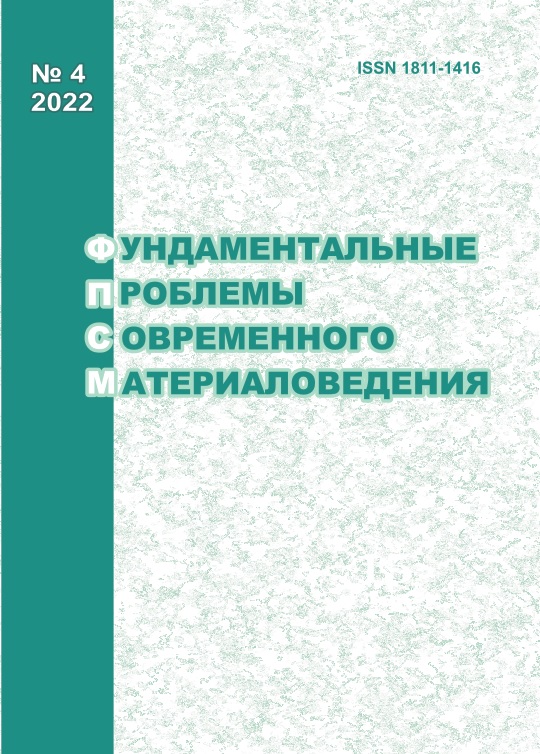STRENGTHENING MECHANISMS AND SPECIFICS OF STRAIN STAGES IN HIGH-MANGANESE AUSTENITIC HADFIELD STEEL
10.25712/ASTU.1811-1416.2022.04.001
Keywords:
Hadfield steel, tensile strain, stress, strain-hardening factor, microtwinning, scalar dislocation density, excessive dislocation density, microtwinning density, curvature-twist of crystal latticeAbstract
The paper presents studies of deformation effects on high manganese austenitic Hadfield steel. The dependences of flow stress and strain-hardening coefficient on the degree of plastic deformation under uniaxial tension have been obtained. It has been revealed that linear stage II of strain-hardening at ~5% can be divided into two substages that differ by the type of dislocation substructures and values of the strain-hardening coefficients. It is established that the change in the strain-hardening coefficient correlates with the moment of twinning and the beginning of the transition of dislocation substructures from one type to another. Quantitative parameters were determined: volume fraction of material covered by sliding and twinning, volume fraction of material where twinning develops by one, two and three systems. It was established that twinning develops most intensively in the interval e = 5-20%. It is shown that the involvement in the deformation process of defects of various types (micro twins and dislocations) does not depend on the method of plastic deformation (stretching, rolling). The role of crystallographic texture is established. It is manifested in the increase of Schmid factor during the formation of micro twins, as micro twinning leads to orientational softening and facilitates the slip process. Some grains are found to have minimal or even zero Schmid factors during twinning. The driving force of twinning in these grains is the internal stress fields whose occurrence is due to the incompatibility of deformation of neighboring grains.











 Journal «Fundamental’nye problemy sovremennogo materialovedenia / Basic Problems of Material Science»
Journal «Fundamental’nye problemy sovremennogo materialovedenia / Basic Problems of Material Science» This work is licensed under a
This work is licensed under a 
